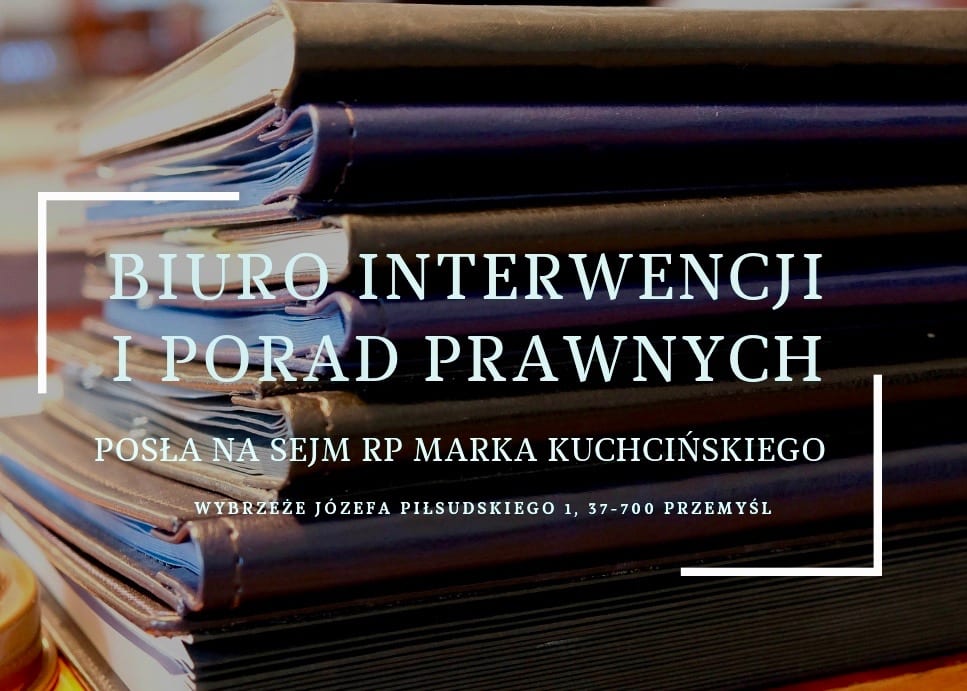On November 30, 1808, the charge of the Polish 3rd Squadron of the 1st Cavalry Regiment of the Imperial Guard at the Somosierra Pass (Samosierra) in Spain opened the road to Madrid for Napoleon and allowed him to continue the Spanish campaign.
The war on the Pyrenean Peninsula, begun by Napoleon in the fall of 1807, was designed to bring Portugal and Spain under French rule and to include these countries in the continental blockade system, which prohibited trade relations with Great Britain. The conflict proved to be protracted and devastating. In 1808, a major national uprising broke out in Spain against the French occupation and the imposed King Joseph Bonaparte.
The French forces planned to attack the capital from the north-east, getting through the Ayllon Mountains. On this route, the last place of defense for the insurgents was the Somosierra Pass, which was accessed by a narrow, winding road that allowed the Spaniards to conveniently shell the enemy. The insurgents' commander, General Benito San Juan, had 16 cannons at his disposal, which he divided into four batteries and deployed over a distance of 2.5 km, which allowed him to fire along most of the route leading to the pass. The guns were manned by about 120 artillerymen who were supported in their defense by about 8,000 infantry.
On November 29 the 40-thousandth French army, including Polish forces, reached the town of Boceguillas near the Somosierra Pass, where the Emperor received the results of the reconnaissance.
Despite artillery and rifle fire, the Cheval Legers, thanks to a daring charge, defeated three Spanish cannon batteries.
In the morning of November 30, three French infantry regiments with six guns stood at the entrance to the pass. The mounted riflemen sent for reconnaissance as a result of the shelling quickly retreated.
Thanks to the lingering fog, the infantry managed to enter the pass area a little further, but the improvement in the weather made another heavy Spanish fire possible. The Emperor then ordered a Polish squadron commanded by Colonel Jan Leon Kozietulski to attack the insurgent batteries. Due to the absence of one of the Polish platoons sent earlier for reconnaissance, the forces of the Polish unit were depleted. Some French commanders protested against their use, but the Emperor repeated the order to attack.
Despite artillery and rifle fire, the Cheval Legers, thanks to a daring charge, defeated three Spanish cannon batteries.
The decimated unit was left with one last section, quite heavily garrisoned by Spanish infantry. During the attack the Poles were joined by a unit under Lieutenant Andrzej Niegolewski, who had been sent earlier on reconnaissance. The cavalrymen captured the fourth battery but were already at the end of their strength. Then the Emperor supported them with mounted riflemen and infantry, whose attack caused the insurgents to flee. The Poles chased after them and captured the town of Buytrago, a few kilometers away, where they finally broke up the Spanish forces, taking many prisoners and obtaining war equipment. In the meantime the French captured the pass and the nearby peaks.
Napoleon appreciated the Poles' fight and awarded the Cross of the Legion of Honour to the wounded Lieutenant Niegolewski. Nevertheless, in the Spanish Army Bulletin published after the battle, the Emperor praised the Poles but attributed the main merits to the French troops, describing the charge as a Polish-French victory.
After the attack on the Somosierra Pass, the total losses on the Polish side amounted to 54 killed and wounded. The Spanish probably lost most of their cannon crews, while about 3,000 soldiers were taken prisoner. The conquest of the pass opened the way to Madrid for the French and helped in the final conquest of Spain.
history.pl
PAP


